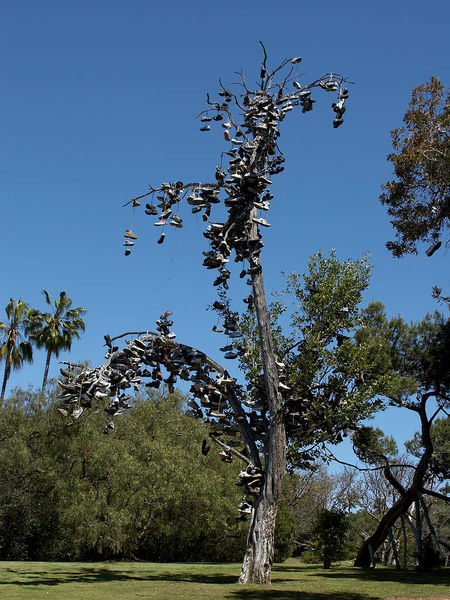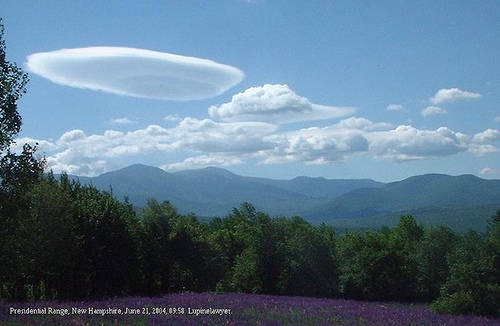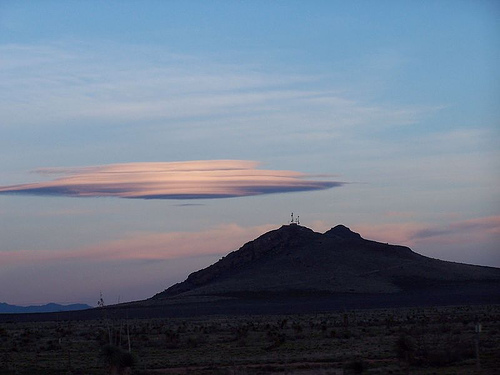Gibsonton, Fla., has the nation’s only post office with a counter for dwarves.
That’s because Gibsonton used to serve as a sideshow wintering town, where Percilla the Monkey Girl, the Anatomical Wonder, and other circus “freaks” could spend the off season. Siamese twin sisters ran a local fruit stand, and special zoning laws permitted residents to keep elephants and circus trailers on their front lawns. The school board meetings must have been memorable.




